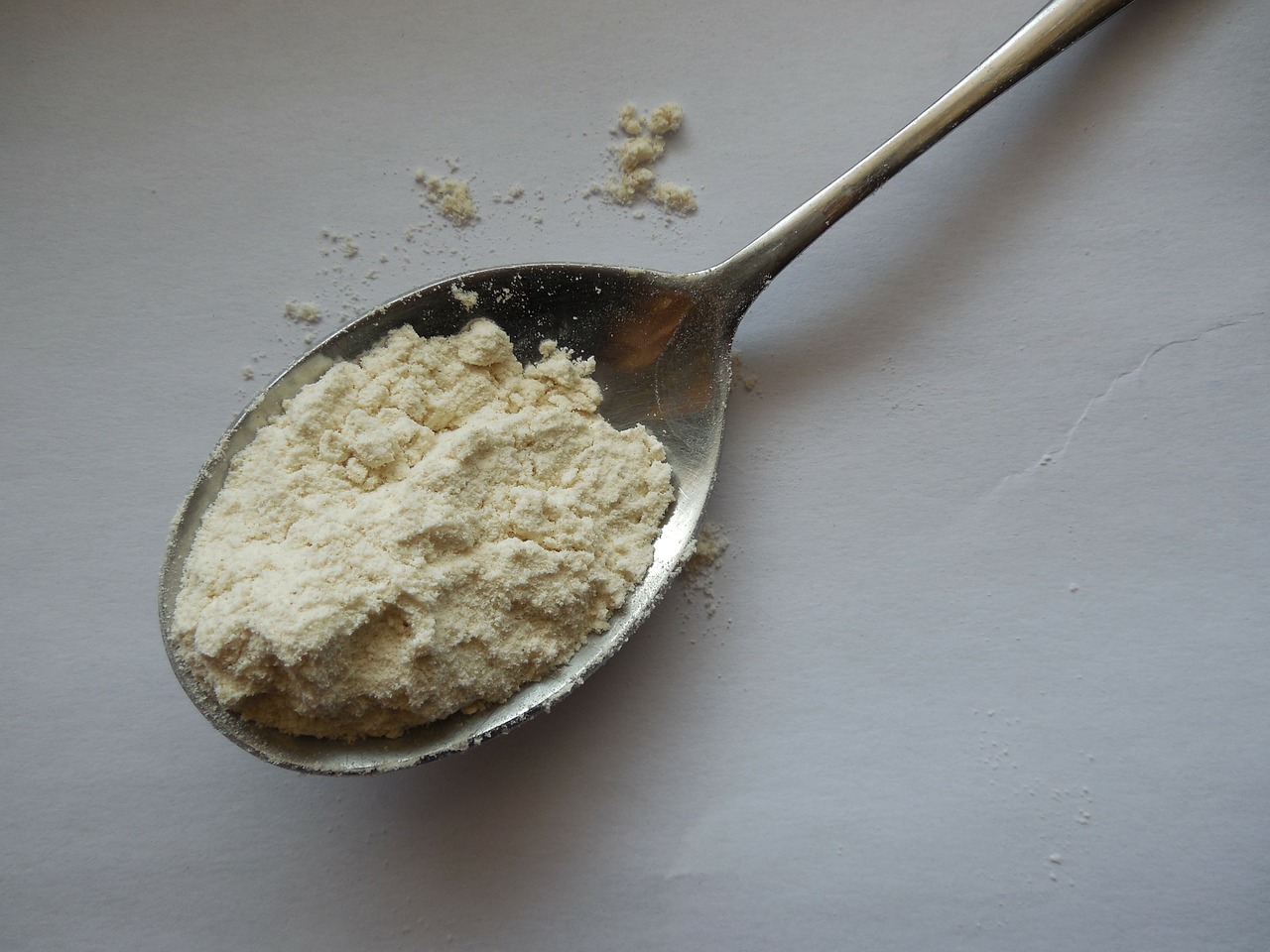
WHAT IS XANTHAN GUM (AND HOW TO USE IT)
Xanthan gum is a food additive most people haven’t heard of. Yet nearly everyone has eaten this ingredient a food containing it! If you’ve heard of xanthan gum but really don’t know what it is or how to use it, read on for more information.
What is Xanthan Gum
Xanthan gum (a polysaccharide) was discovered in the 1960s. American chemical researcher Allene Rosalind Jeanes and her team at the US Department of Agriculture were the first to discovery this ingredient. Created from corn sugar and the Xanthomonas Campestris bacteria introduced during the fermentation process. The resulting gummy mixture is dried and ground into a fine powder.
The unique qualities of xanthan gum makes it the perfect ingredient for baking. In fact, it’s often used in the commercial baking industry.
With increasing trends in healthier home baking, xanthan gum can now be found in the baking aisle of your local grocery store. This ingredient is not only gluten-free but it has zero calories.
Products Containing Xanthan Gum
Although this additive sounds unusual, you’ve likely consumed xanthan gum without knowing it. Many products contain xanthan gum. Here are a few of its common uses:
- Bottled salad dressings use xanthan gum to prevent oils from separating and suspend spices.
- Xanthan gum gives elasticity and stickiness to dough when making gluten-free baked goods.
- Non-dairy ice cream relies on xanthan gum to achieve the perfect texture.
- Even toothpaste uses xanthan gum to keep the toothpaste consistent throughout the tube.
How to use Xanthan Gum
Xanthan gum is used as a keto-friendly thickening agent. It’s also a stabilizer which isn’t affected by heat or acid, so the uses are almost limitless. Another great benefit of using xanthan gum is that it’s vegan and a flavorless alternative to gelatin.
If you dabble in low-carb, keto-friendly, or gluten-free baking, xanthan gum is the secret ingredient to creating a dough that’s as close as possible to the gluten-filled counterparts. When using xanthan gum, you’ll need to add liquid to activate it’s gel-like qualities. Xanthan gum acts as a binding agent. So it mimics the similar sticky type qualities that can be found in products containing gluten. The stickiness is created when the xanthan gum retains moisture. When moisture is retained, it gives baked goods the structure you find in traditional baked goods.
How to use Xanthan Gum in gluten free baking
When baking gluten-free products, we recommend using ¼ teaspoon of xanthan gum for every 1 cup of gluten-free flour in a recipe. (Be sure that your gluten-free flour doesn’t have it already before adding more!) Depending on what you’re making, you may need a little more for increased elasticity of the dough, but be cautious not to use too much or you’ll end up with slimy baked goods that never seem to reach the proper baked consistency.
How to use Xanthan Gum in dairy-free soups and sauces
When using xanthan gum in dairy-free sauces and soups to achieve the richness usually created by dairy, we recommend starting with ⅛ teaspoon xanthan gum blended with a bit of oil to create a gel-like consistency before adding the soup or sauce. The more xanthan gum you use, the thicker your liquid will become. It’s better to start small and add more if needed instead of ruining a recipe by adding too much.
We hope this article has helped you understand xanthan gum and its many uses. Have you used xanthan gum as a thickening agent or a stabilizer when you cook? Let us know your favorite use of this versatile additive in the comments!

